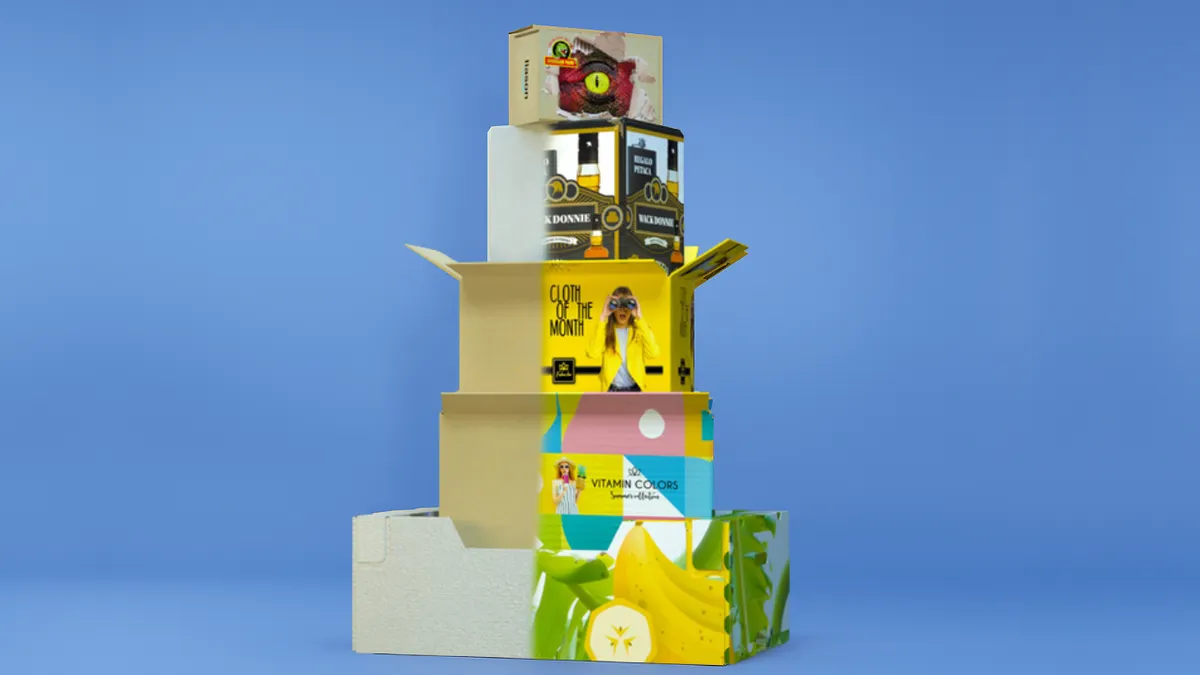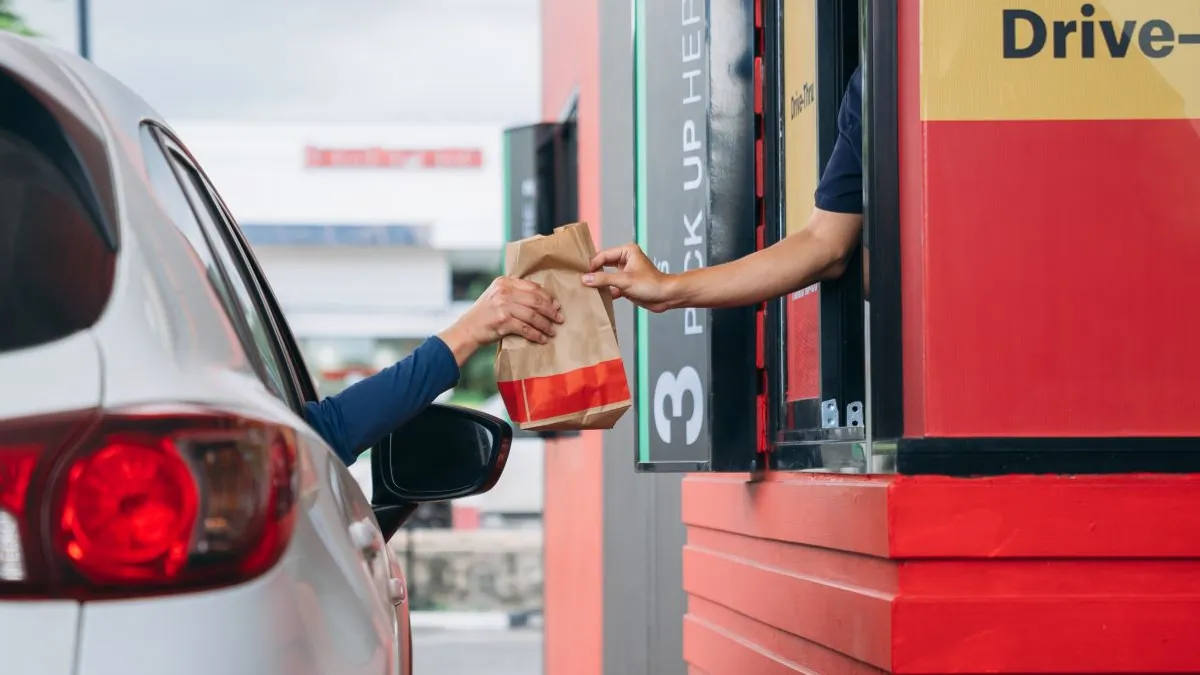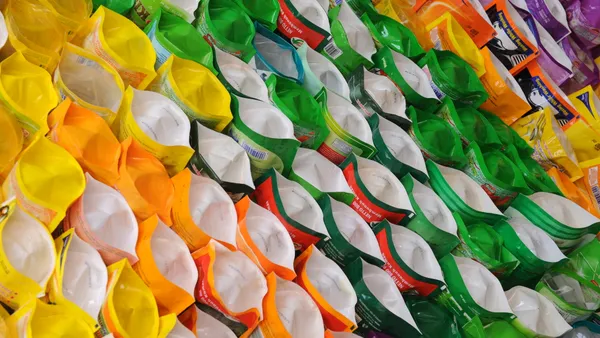For decades, packaging was treated as an operational necessity — a line item on the balance sheet to be minimized. But in today’s digital, ecommerce-driven marketplace, packaging is undergoing a dramatic reframe. Increasingly, companies are recognizing that the box is more than a protective shell. It’s a lever for efficiency, a tool for sustainability, and a powerful touchpoint in the customer journey.
The Shift in Perspective
Rising e-commerce volumes, persistent labor shortages, and growing consumer demand for sustainable practices have pushed packaging to the center of supply chain conversations. What was once an afterthought is now a strategic asset that can reduce costs, streamline operations, and create value for both businesses and consumers.
A recent Packaging Dive trendline highlights how brands are investing in smarter systems to improve throughput and reduce waste. Instead of viewing packaging as a sunk cost, more companies are seeing it as an investment with measurable returns.
Packaging is also increasingly visible to end customers. A 2025 McKinsey survey of U.S. consumers found that 77% consider recyclability one of the most important packaging attributes when evaluating purchases. And, better-looking boxes boost visibility: 65% of consumers are likely to share an unboxing video when the packaging feels unique. These shifts underscore how packaging decisions now influence sales, brand perception, and customer loyalty.
Efficiency as a Growth Driver
Packaging touches nearly every step of the supply chain, from fulfillment to last-mile delivery. Automation and digital tools allow companies to right-size packaging at scale, reducing shipping inefficiencies and cutting down on material usage.
The impact is significant: smaller boxes lower freight costs, faster turnaround meets customer expectations for speed, and streamlined workflows reduce reliance on manual labor. SKU proliferation adds to the challenge, with brands managing hundreds or even thousands of variations across retail and e-commerce channels. Packaging that can adapt quickly to different SKUs — without retooling or manual repackaging — creates measurable competitive advantage.
Sustainability That Scales
Consumer pressure and regulatory shifts are also driving change. According to McKinsey, more than 60% of consumers are willing to pay more for sustainable packaging. Companies that respond with recyclable, right-sized, or digitally optimized packaging not only reduce environmental impact but also strengthen brand reputation.
What’s different today is that sustainability and efficiency now go hand-in-hand. Reducing excess material lowers costs while meeting eco-conscious goals, and investing in digital print or automated systems ensures these gains scale with business growth.
The Consumer Connection
Beyond logistics, packaging is a vital brand touchpoint. In e-commerce, the box often represents the first physical interaction a consumer has with a brand. Right-sized, well-designed, and responsibly sourced packaging can reinforce brand trust and loyalty.
Even subtle branding, paired with quality and convenience, leaves a lasting impression. Companies that view packaging as part of the customer experience are seeing dividends in retention and word-of-mouth growth.
Advances in digital print technology are amplifying this value. LED inks are recyclable and repulpable, supporting sustainable practices. At the same time, digital print enables mass customization — from retailer-specific runs to seasonal graphics or SKU-level barcodes — without plates, dies, or excess waste. This agility enhances shelf impact, makes packaging more relevant, and helps brands deliver consistency across channels in an increasingly competitive retail environment.
Looking Ahead
As supply chains grow more complex and competitive pressures mount, the companies that thrive will be those that treat packaging not as a cost center but as a growth driver. Automation, digital print, and data-driven optimization are already transforming packaging into a core enabler of agility, sustainability, and customer connection.
A solution like the Packsize EFI X5 Nozomi takes this shift a step further by uniting right-sizing, automated box assembly, and high-quality digital print in one streamlined platform. This combination is especially powerful for brands, retailers, and 3PLs under pressure to deliver faster, control SKU complexity, and create packaging that resonates with today’s consumer. For companies looking to stay ahead in the rapidly evolving packaging landscape, it represents a future-proof way to turn a cost center into a growth driver.
In the digital era, the box is no longer just a box. It’s a strategic advantage.










